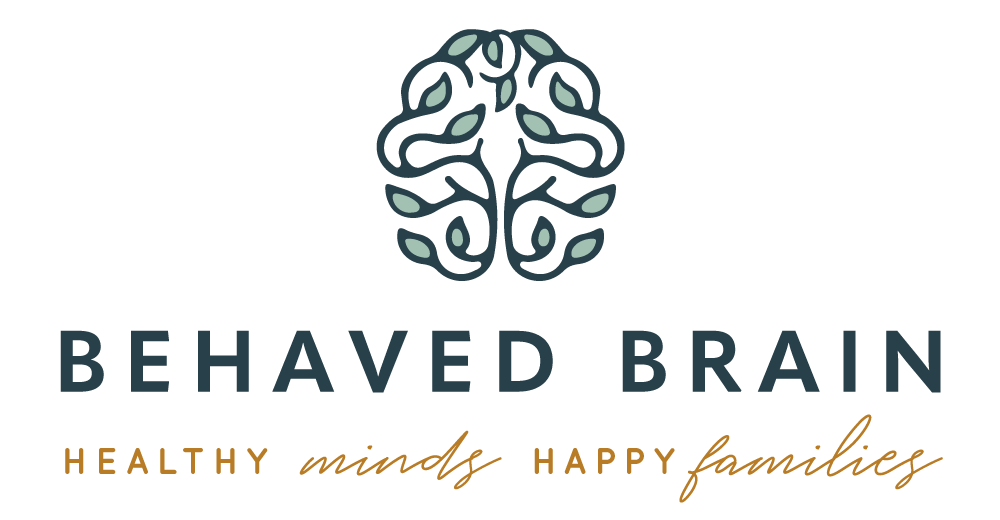Every person has a way in which they communicate with others around them. There are individuals who have an easy time expressing themselves while others struggle to appropriately do so. When we think of children, we often think how difficult it is for them to effectively communicate their thoughts and feelings. Believe it or not there are specific types of communication styles that help explain the way an individual expresses themselves, how they form meaningful relationships and how they approach conflict. As parents, it can be helpful to know your child’s communication style to understand them on a deeper level and teach strategies to better express themselves. This blog will focus on explaining the four main types of communication styles and provide examples for each.
Passive communication
Someone with a passive communication style also does not share their thoughts, feelings or needs. They have a hard time turning people down and rarely tell others no. This individual aims to please and often avoids conflict all together. Someone with a passive communication style will likely have a soft, non confrontational tone of voice who avoids eye contact and says phrases similar to “I’m okay with whatever you want to do”, “I feel guilty if I say no” or “They won’t like me if I say no.”
Example: A friend asks to borrow your book for language arts, but you need it to help you study tonight.
Passive response: You can borrow it. I’ll just study during lunch time.
Passive-aggressive communication
Someone with a passive-aggressive communication style does not share their thoughts, feelings or needs. When experiencing conflict with an individual, they appear to be passive or deny there is a problem, but are actually deeply angry inside. They often try to get back at others and secretly try to hurt others feelings. Someone with a passive-aggressive communication style will likely have a sarcastic tone of voice and say phrases similar to “Just kidding!” following a rude comment or “I’m fine, nothings wrong” when asked what’s wrong.
As a parent it is important to point out the feelings of others and have our children reflect on how their actions/words have an impact on their peers.
Example: A friend asks to borrow your book for language arts, but you need it to help you study tonight.
Passive-aggressive response: You forgot your book again. Big surprise. I guess you can borrow it.
Aggressive communication
Someone who engages in aggressive communication expresses their feelings in a mean and disrespectful way. They often react out of proportion to the event and have a hard time de-escalating when experiencing conflict. Someone with an aggressive communication style will likely have a loud, harsh tone of voice and say phrases similar to “I’m right and you’re wrong” or “It’s all your fault”. As a parent, you may be thinking to yourself this is definitely the communication style that my child often engages in, but what is the best way to help them better express themselves? Someone with an aggressive communication style needs to be taught de-escalation strategies and various coping skills to help manage big emotions and better navigate conflict. Some of these de-escalation strategies may include deep breathing and other mindfulness techniques.
Example: A friend asks to borrow your book for language arts, but you need it to help you study tonight.
Aggressive response: NO, just because you lost your book doesn’t mean I have to share mine. Get your own book!
Assertive communication
Someone with an assertive communication style has the ability to express themselves and their wants and needs in a confident manner. They are able to remain calm when experiencing conflict and can say no when needed. Someone with an assertive communication style most likely has a firm and respectful tone of voice who maintains eye contact. Assertive communication is the style that most people want to engage in- this is a person that can express themselves in a way that does not offend others and aims to solve the problem. Below are specific strategies that can help you foster assertive communication.
Example: A friend asks to borrow your book for language arts, but you need it to help you study tonight.
Assertive response: I really need my book to study for the test, but you can use it when I’m done.
Strategies for all communication styles
No matter what an individual’s communication style is, there are strategies that can help them better express themselves. An important thing to teach your children, despite their communication style, is when to get an adult involved and who they can go to when needing help with their peers. Whether your child is more passive and reluctant to ask for help or more aggressive and eager to solve the problem independently, both individuals can benefit from the help from an adult, they may just not know when or who to go to.
As parents, we also want our children to be able to solve problems independently. Whether your child is passive-aggressive and often acts on revenge or aggressive and cannot express themselves in a respectful manner, they all struggle to let other individuals know how they feel and why they feel that way. Role playing various social scenarios and practicing I statements will help your child express how they feel, why they feel that way and what the other person can do to make the situation better (ex: “I feel sad when you don’t listen to me and I want you to pay attention.”)
Individuals who do not communicate assertively may lack the confidence to express how they are truly feeling to their peers and other adults. As parents it’s important to instill confidence within our children and give them the tools to express themselves in a confident, comfortable way. Practicing positive self-talk and daily affirmations can help increase someone’s self esteem- statements such as “I am brave.” “I can do anything I set my mind to.” “It’s okay to say no” are statements a child can tell themselves when faced with conflict. The more a child practices these affirmations daily, the more they will learn to utilize them in times of distress.
Are you wondering more about the topic of communication and ways to foster healthy communication as a family? Fortunately, here at Behaved Brain every clinician is versed in improving communication in a variety of different relationships. Whether you are looking for guidance on how to best communicate with your child, spouse or other family members, our clinicians at Behaved Brain can help provide strategies to help you feel confident in expressing yourself, and your wants and needs.







